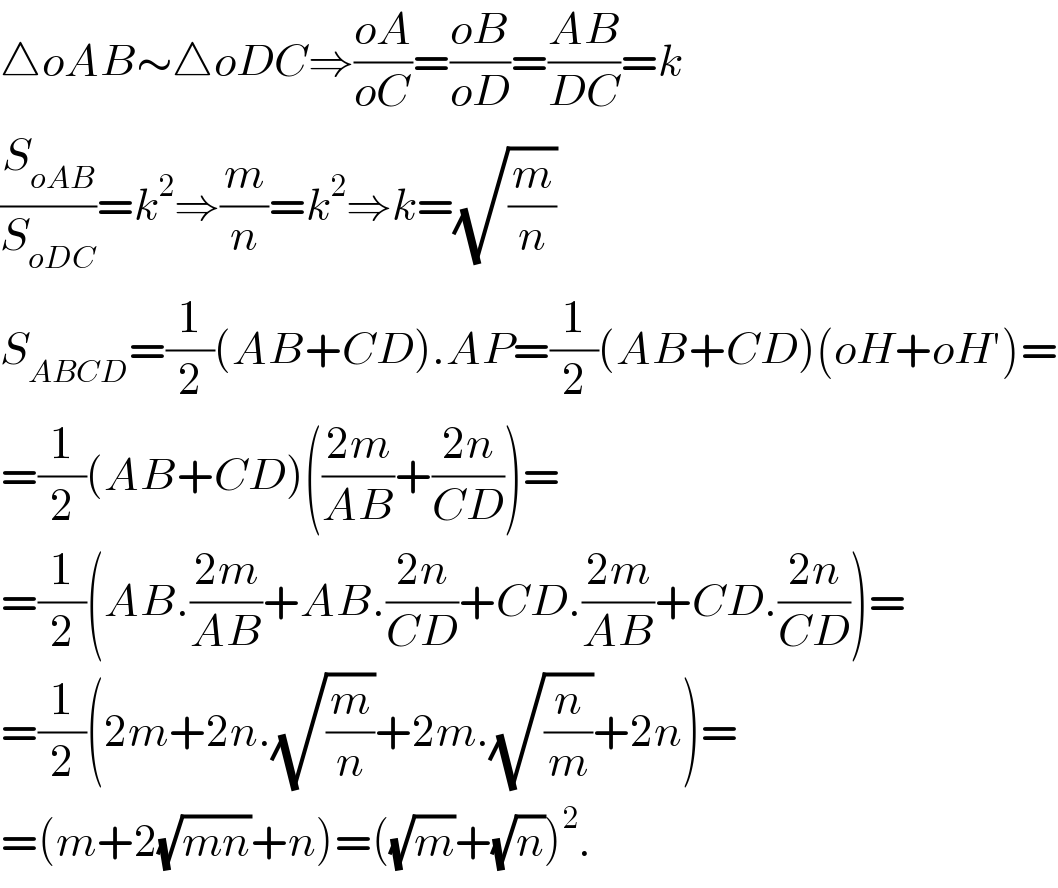
Question and Answers Forum
Question Number 41348 by behi83417@gmail.com last updated on 06/Aug/18

Commented by MJS last updated on 06/Aug/18
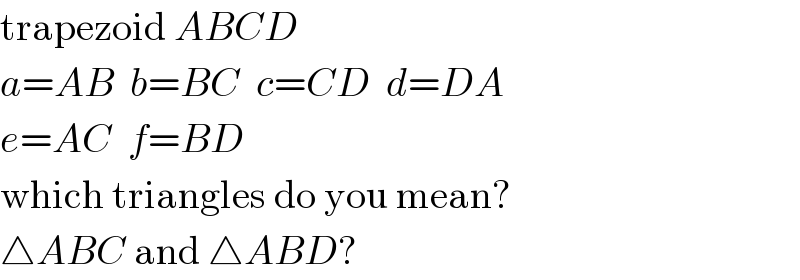
Commented by behi83417@gmail.com last updated on 06/Aug/18
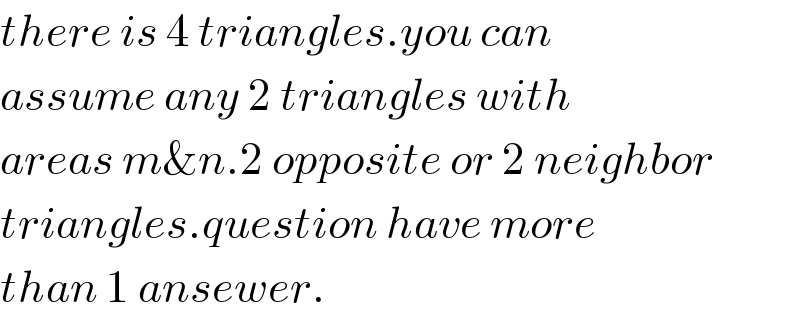
Commented by behi83417@gmail.com last updated on 06/Aug/18
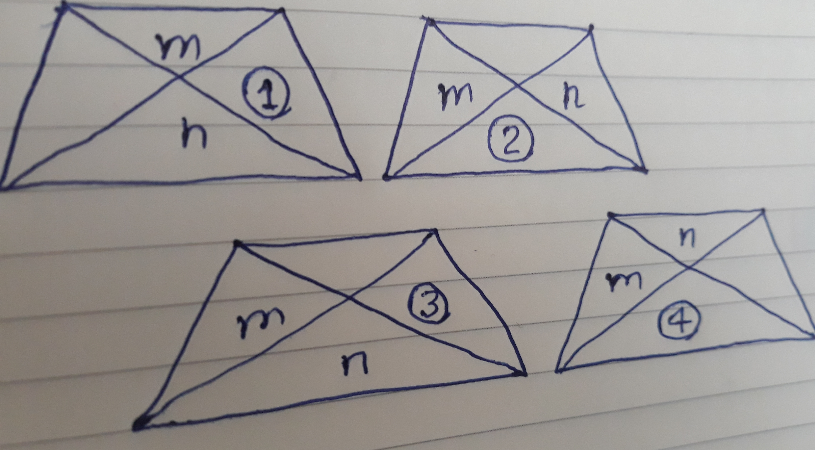
Commented by behi83417@gmail.com last updated on 06/Aug/18
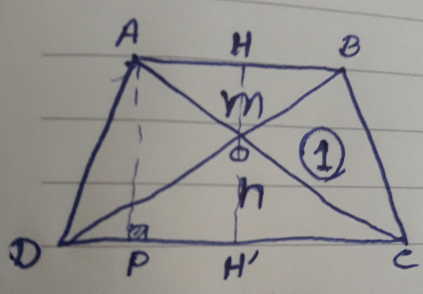
Commented by behi83417@gmail.com last updated on 06/Aug/18
